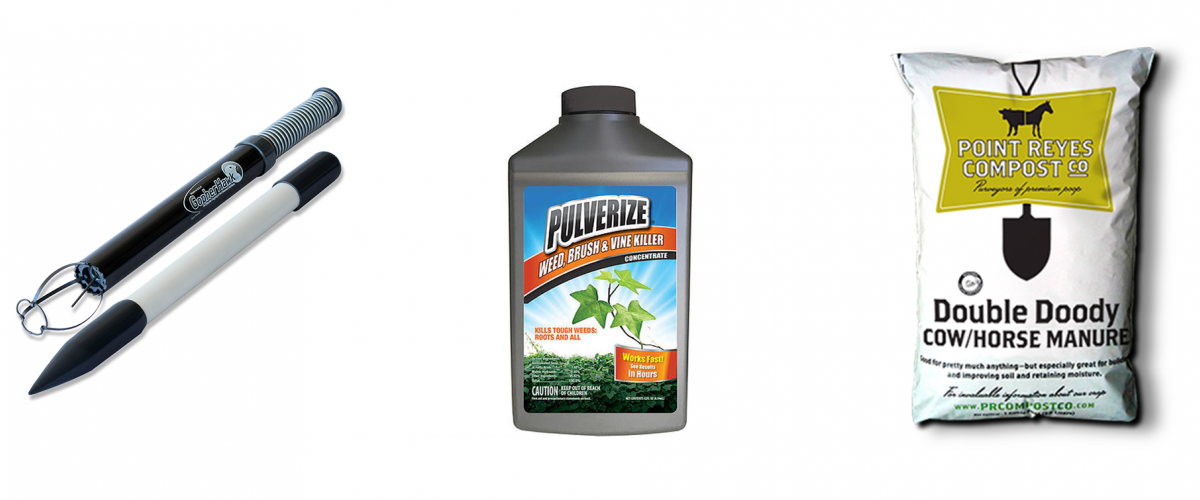Advice
Garden Central

Firewise Landscaping
For those of us living on the West Coast near fire prone areas, it’s important to shift our thinking about how we landscape our yards. The way you treat the defensible zones around your house can make the difference between it catching fire and not, or it being deemed worth defending by firefighters or not.
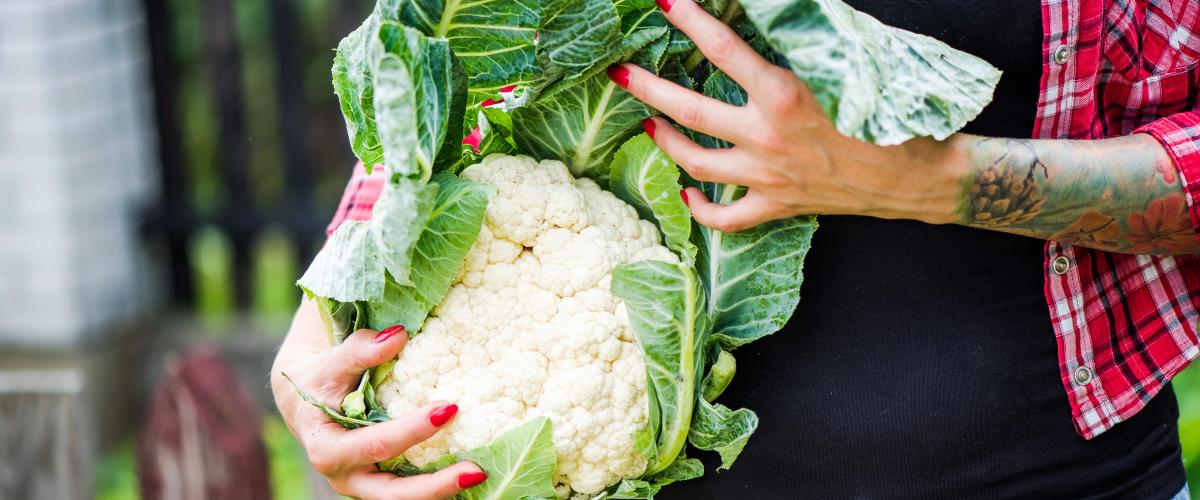
Grow Your Own Fall and Winter Veggies and Herbs
Fall and winter vegetable and herb gardens require little effort and supply bountiful harvests. Early to mid-fall is the ideal time to plant your cool-season vegetables and herbs so that they have the best chances at a strong start. Warm soil temperatures in early-mid fall will get your plants established and producing luscious lettuce and more. Once the rainy season begins, there is not much to do except harvest, cook, and eat.&nb
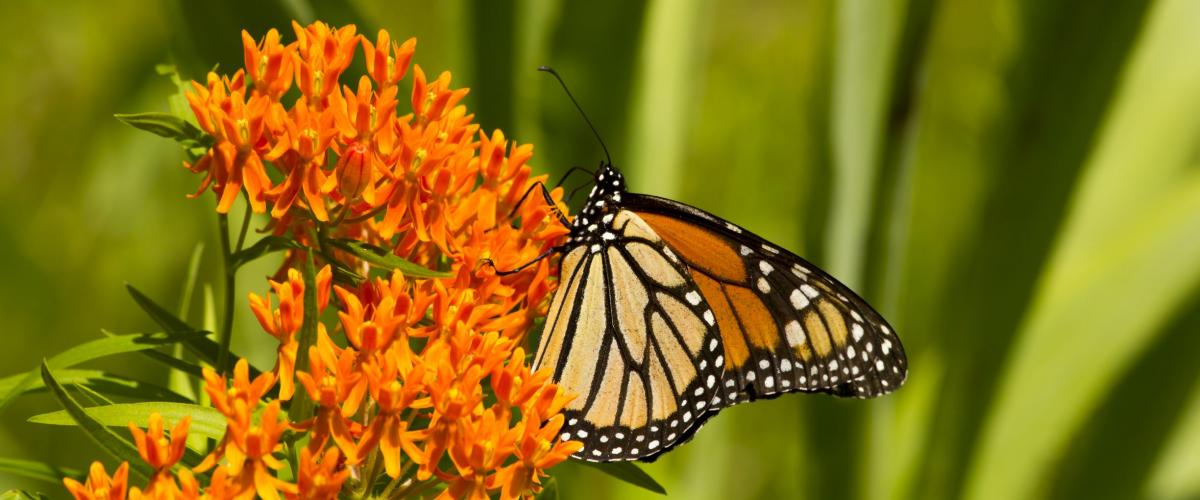
Attracting Butterflies
There’s something so enchanting about seeing butterflies flutter around your garden! You can encourage butterflies to visit your garden by providing an assortment of nectar- and pollen-rich plants. Butterflies will visit a large variety of plants but tend to prefer those with umbel shaped flowers, which provide them a place to stand while collecting nectar. Generally, any composite flower (those in the aster family, Asteraceae) is a good choice.
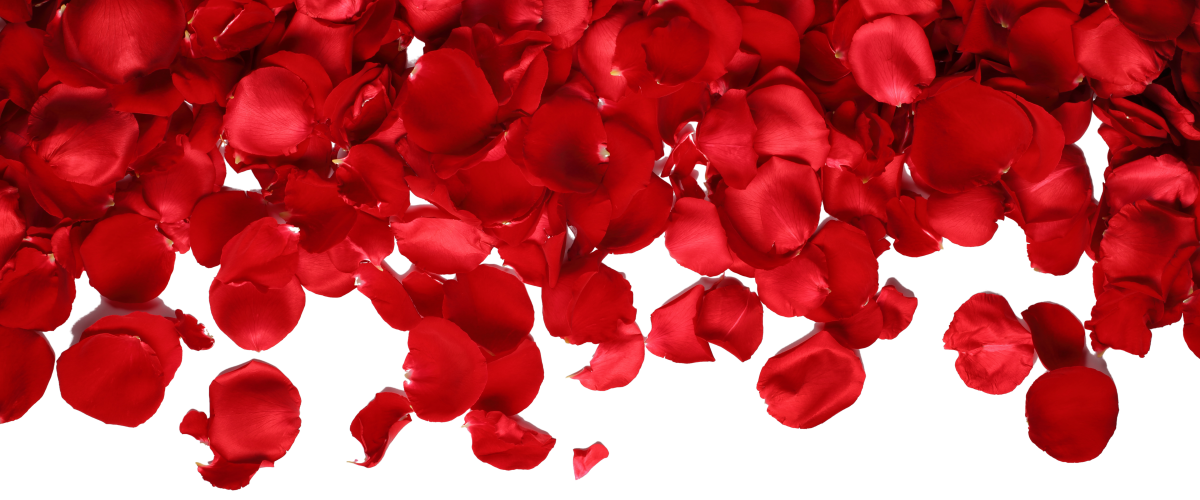
Edible Flowers
When we think of bringing flowers indoors, we often imagine a beautiful bouquet. But flowers can brighten up the dinner plate too! Edible flowers range from sweet, to tangy, to savory, and can be used in many different dishes. Remember to rinse your flowers well and never eat flowers that have been sprayed with pesticides. Flowers can be stored in an airtight container in the fridge for up to a week.
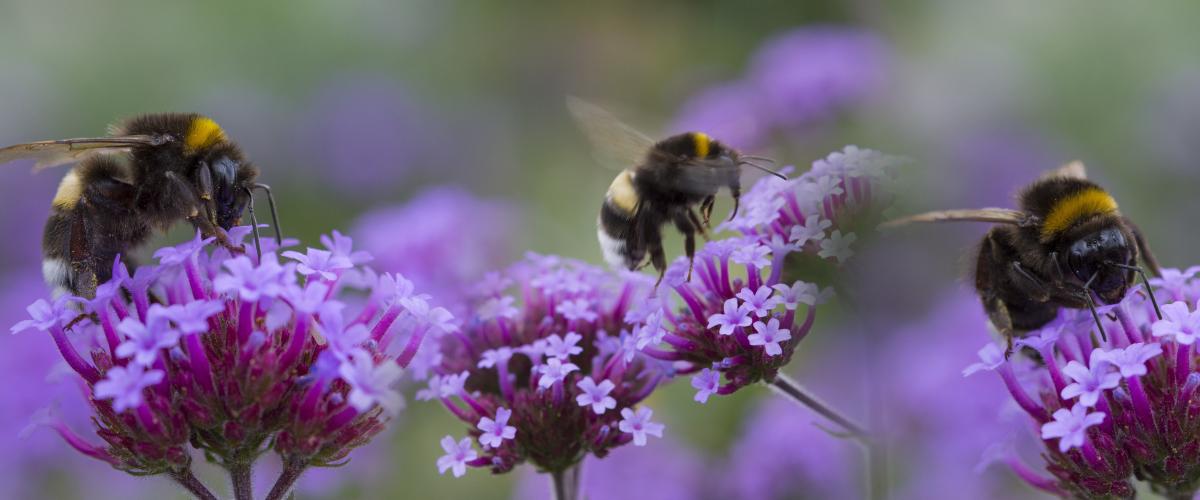
Bee Friendly Gardening
You’ve probably heard that bee populations have been declining. But did you know that 1/3 of plants we eat depend on bees for pollination? Without bees, we would likely lose many of our favorite fruits and veggies, like blackberries, apples, almonds, tomatoes and peppers! Though the many causes of bee population decline are not yet well understood, pesticide use and habitat destruction definitely play a part. So what can you do to help? Provide food and habitat for those bees!
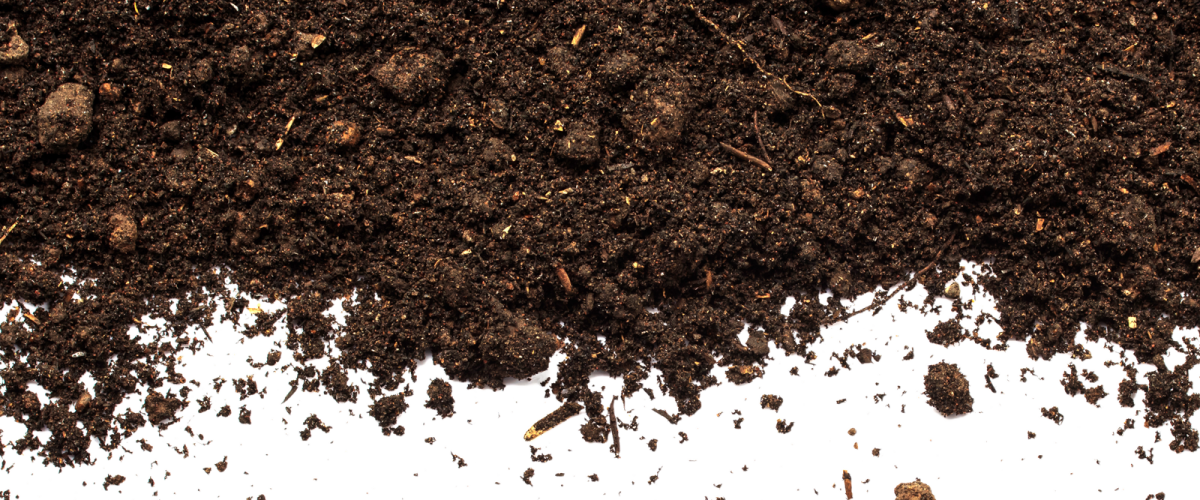
Getting Down and Dirty with Soil
“You can’t have a healthy civilization without healthy soil. You can’t have junk food and have healthy people.” – Joel Salatin One of the main and most recurring questions we get in the nursery is “why does my plant look sickly?”
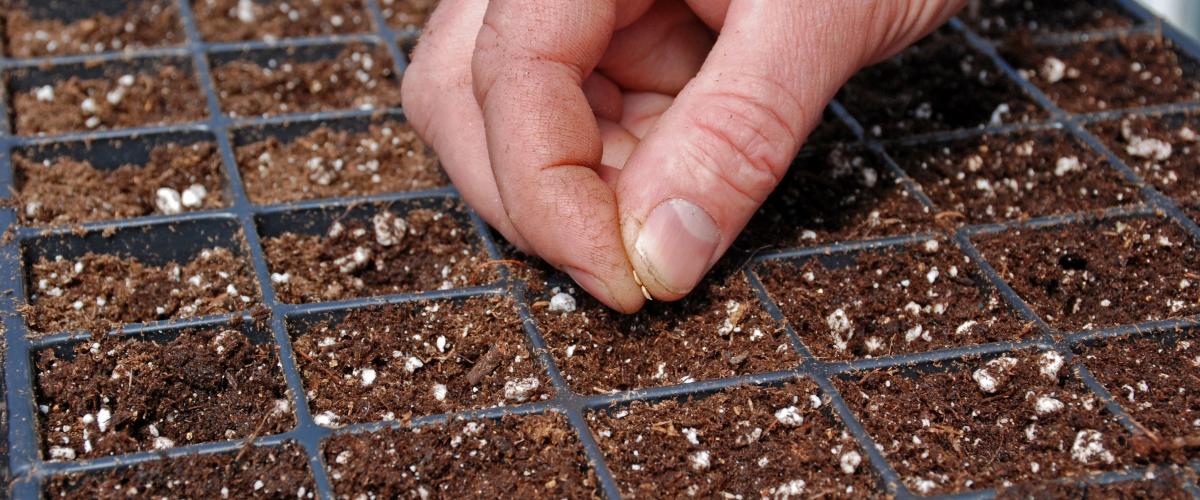
Seed Starting
If you’re itching to get your hands in the soil and get a jump start on your spring/summer garden but know that it is too early to do so outside, then now is your prime opportunity to start your favorite spring/summer annual flowers and vegetable seeds indoors. The first warm days of March often tease us into thinking it is time to plant our tomatoes and basil.
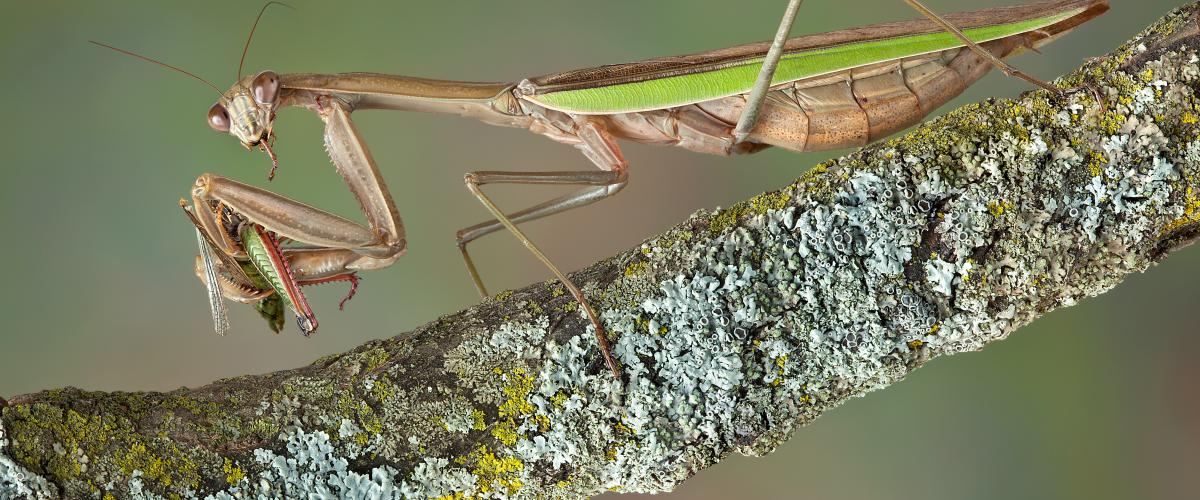
Know Your Friends in the Garden
The days are getting longer and warmer, signaling that spring will be here soon. This is when beneficial insects begin to emerge. Attracting predatory and parasitic beneficial insects to your garden helps reduce the population of pest insects by consuming them or using them to house and feed their offspring. Pollinators are also beneficial insects who spread pollen between flowers which is essential for fruit and seed production. We will discuss pollinators at length another time.
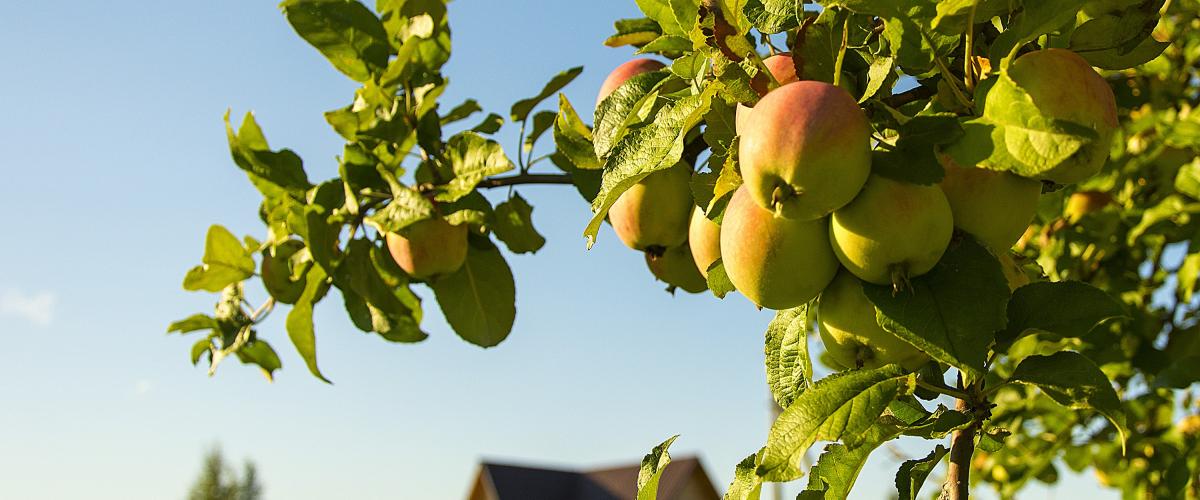
Fruit Tree Planting Season is Here
What could be more rewarding than being able to walk outside and pick fresh ripe fruit right off your own tree? And what could be more tantalizing to the taste buds and senses than an aromatic, sweet and juicy, fresh peach or a firm, crisp apple? Starting a small home orchard is both fun and simple, and can present you a bountiful supply of right off the tree fruity goodness for years to come.
